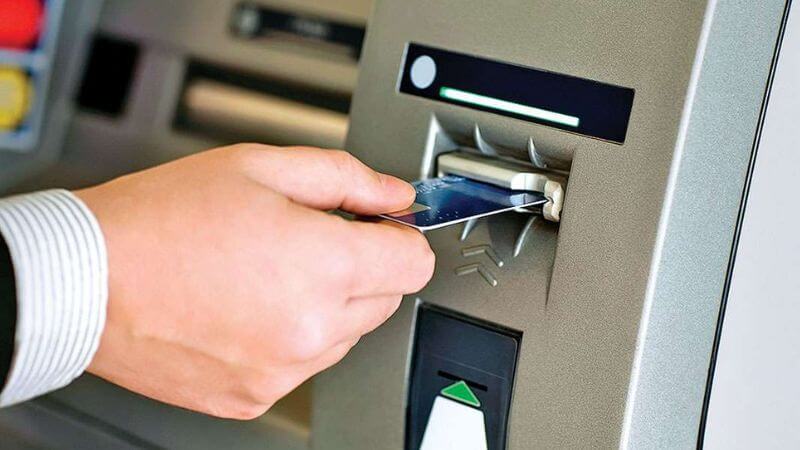India is moving toward a digital future, and the steady disappearance of ATMs nationwide is an apt sign of the times. While record amounts of cash are in circulation, it may seem absurd that banks are now retreating from ATMs. However, the rise of digital payments—particularly the popularity of the Unified Payments Interface (UPI)—is reshaping how we handle money. For banks, this means investing more in digital infrastructure and less in physical cash dispensers.
According to the latest data from the Reserve Bank of India (RBI), India had around 215,000 ATMs as of September 2024, down from 219,000 a year earlier. The most significant drop was in off-site ATMs, which are not within bank branches. This shift shows how banks are optimizing resources to meet evolving customer habits. As Ravi B. Goyal, chairman of AGS Transact Technologies, explains, banks are finding ways to blend traditional banking with digital transformation, especially in public sector banks embracing physical and digital options.
Why Are ATMs Disappearing?


The digital payment surge means fewer people rely on cash for daily transactions, making ATMs less essential. Along with the challenge of sustaining a high ATM network, this comes with regulatory issues such as low interchange fees and limited free ATM transactions. Concerning limited ATM penetration—just 15 machines per 100,000 people in India—the overall need for rethinking access to cash in the modern banking world suggests the direction.
A New Balance: Cash Meets Digital Banking
Instead of adding more ATM networks, the banks are looking at a more holistic approach. Expectations from experts point to this hybrid model, which is one ATM at the door of each bank and another outside. This setup offers primary cash services, thus allowing the banks to expand their digital offerings, especially in rural and underserved communities. Observes Manjunath Rao of CMS Info Systems: It aligns with international standards by taking the best of both worlds: physical cash access for those who need it and digital solutions for a fast-growing, tech-savvy population.
India’s Journey Toward A Cashless Economy
This trend reflects India’s ongoing journey toward a cashless economy, where digital payments are becoming the norm. While cash transactions still comprise a major share of all payments, at 89% in FY22, the gradual reduction of ATMs by the banking sector signals a move toward service efficiency and, on that count, toward a more digital-first service. The focus on digital transformation will ensure a seamless experience for the user, from traditional cash users to digital natives.
What This Means To You
In many ways, it would appear to be the end of an era in the decline of ATMs across India, but it’s part of a larger shift in how we handle money. With UPI and other digital channels becoming simple to use, cashless transactions are becoming the favorite among many. Banks react to this trend by making more investments in digital infrastructure than in physical ATMs. However, they also recognize that everybody is not prepared to go fully digital, particularly those in rural areas or comfortable with cash.
This development doesn’t mean ATMs are destined to disappear; rather, it’s about creating a balance. Banks will keep the essential ATMs right where people need them while investing more in digital solutions for a tech-friendly audience. This way of banking can be said to be more inclusive and access-friendly to the masses, encouraging them to decide what suits them best. As India moves further toward a cashless economy, we’re headed for a future where banking is flexible, convenient, and designed to meet people’s diverse needs, whether they prefer to tap, swipe, or withdraw.
Follow Us: Facebook | Instagram | X |
Youtube | Pinterest | Google News |
Entertales is on YouTube; click here to subscribe for the latest videos and updates.

